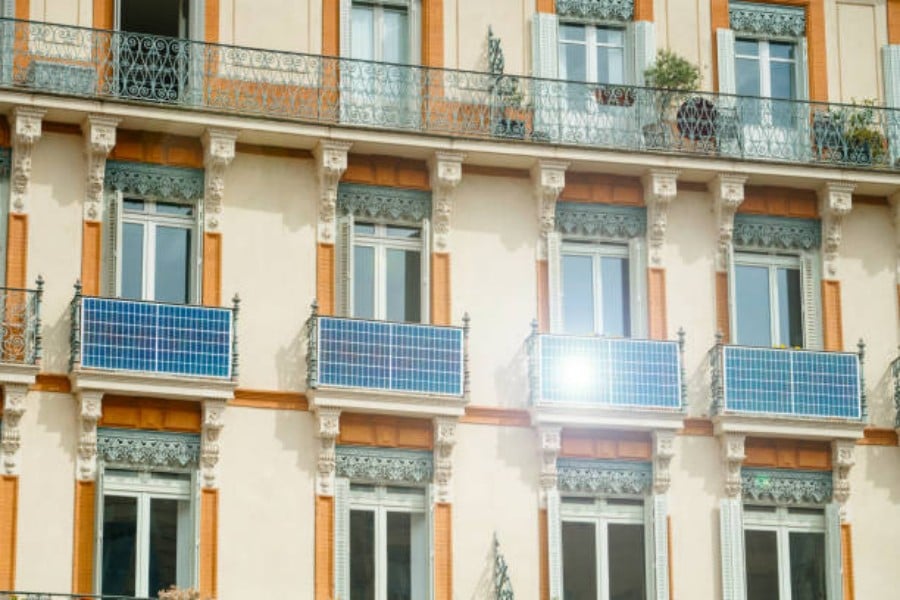solar energy cables: The Backbone of Efficient Renewable Energy
Solar energy is a rapidly growing industry as more people look for sustainable energy sources. The ability to harness the power of the sun means that we can reduce our reliance on fossil fuels and combat climate change. One essential component of solar energy infrastructure is solar energy cables. These cables play a critical role in ensuring that energy is efficiently transported from the solar panels to the grid. In this article, we explore the importance of solar energy cables and how they are essential for the efficient operation of solar power plants.
What Are Solar Energy Cables?
Solar energy cables are designed to conduct power from solar panels to the energy grid. The cables are made from durable and weather-resistant materials to ensure that they can withstand exposure to the elements, such as rain, wind, heat, and cold. The cables are usually made from copper or aluminum, which are both excellent conductors of electricity.
Types of Solar Energy Cables
There are two types of solar energy cables: DC cables and AC cables. DC cables carry Direct Current (DC) electricity from the solar panels to the inverters, which convert the DC energy to Alternating Current (AC) energy. The AC cables then carry the power from the inverters to the grid. The size of the cables depends on the size of the solar system and the amount of power being generated. Larger systems require thicker cables to ensure that the energy is transported efficiently and safely.
Importance of Solar Energy Cables
Solar energy cables play a crucial role in ensuring that energy is transferred efficiently and reliably from solar panels to the grid. The cables are responsible for minimizing energy loss during transportation and ensuring that the power is delivered safely and securely. Solar energy cables also significantly reduce the amount of energy that is lost as heat during transmission, making the system more energy-efficient overall.
Benefits of High-Quality Solar Energy Cables
Investing in high-quality solar energy cables can deliver significant benefits to solar power plants. High-quality cables have lower resistance, which means that less energy is lost during transfer. This efficiency results in improved system performance and energy savings. High-quality solar energy cables are also more durable, reducing maintenance and replacement costs over time. Additionally, using high-quality cables can reduce the risk of power outages and system failures.
Solar Energy Cable Installation
The installation of solar energy cables is crucial to ensure that the system operates efficiently and safely. The installation of solar energy cables requires specialized skills and expertise, and it is crucial to work with certified professionals. Correct installation ensures that the cables are installed appropriately, and the solar power plant operates efficiently with minimal downtime.
Maintenance of Solar Energy Cables
Regular maintenance of solar energy cables is essential to ensure that the system operates efficiently and sustainably. Regular inspections can detect any sign of wear and tear, overheating, or corrosion. Identifying potential issues early reduces the risk of system failure and minimizes repair costs. Regular cleaning of the cables also ensures that they are free from debris and dirt, which can impact performance over time.
Solar Energy Cable Standards
Solar energy cables must meet specific standards to ensure that they are safe and efficient. These standards ensure that the cables are designed to withstand extreme weather conditions and operate safely in harsh environments. These standards also ensure that the cables are adequately insulated to reduce the risk of electrical shock and fire.
Solar Energy Cables and Sustainability
Investing in solar energy cables is essential to ensure that solar power plants operate efficiently and sustainably. The use of solar energy cables ensures that energy is efficiently transported with minimal energy loss, reducing the carbon footprint of the system. These cables also contribute to the long-term sustainability of the solar energy industry, reducing the need for fossil fuels and promoting renewable energy.
Conclusion
Solar energy cables are often overlooked but are an essential component of sustainable energy infrastructure. Investing in high-quality solar energy cables can significantly improve the efficiency of the system while reducing energy loss and promoting sustainability. Working with certified professionals for installation and maintenance ensures that the system operates safely and efficiently, promoting the long-term success of the solar energy industry.

